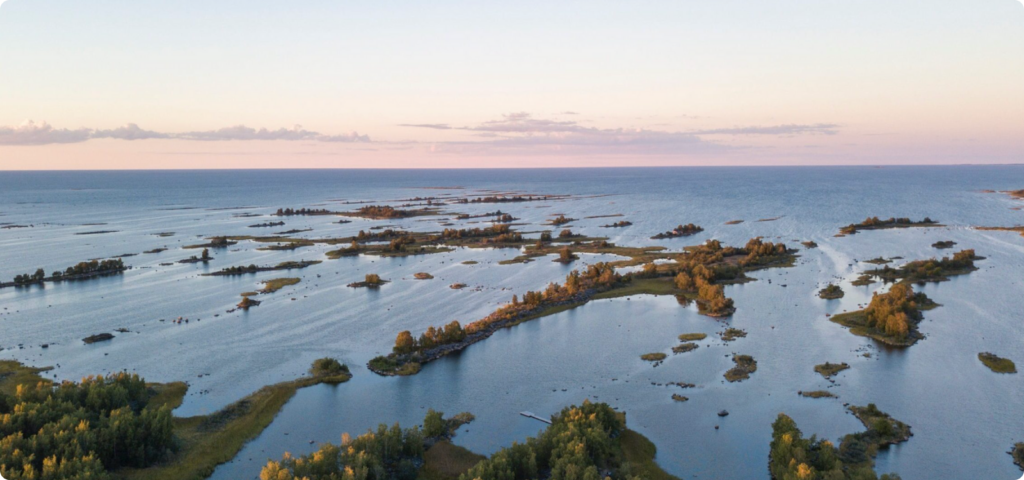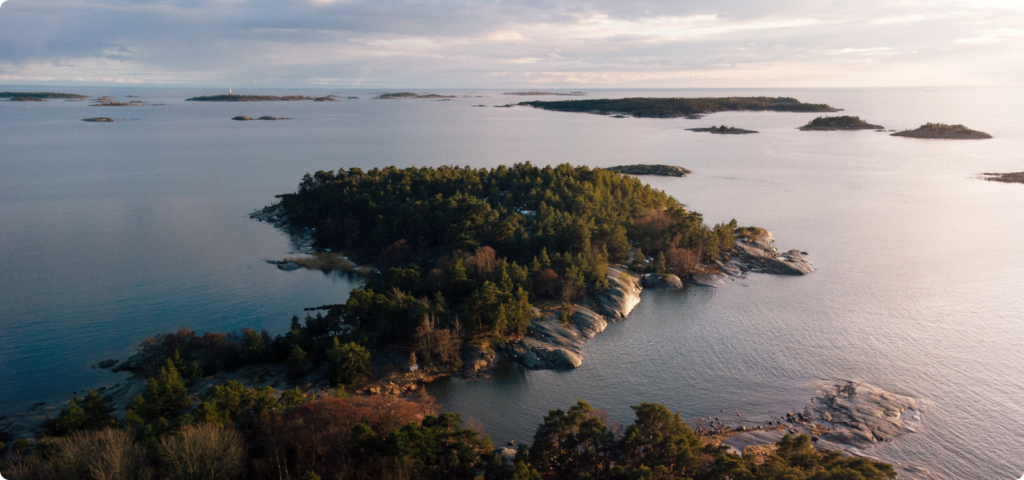The Finnish Archipelago Sea, nestled in the southwest of Finland, is one of the most unique and biodiverse areas of the Baltic Sea. With its 40,000 islands and a network of nine Finnish rivers flowing through agricultural lands before reaching the sea, the region is as rich in ecological significance as it is in challenges. Despite its natural beauty, the Archipelago Sea’s ecological status is classified as “less than good”, with eutrophication emerging as a significant threat to its marine ecosystems.

Understanding the Challenge of Eutrophication
Eutrophication stands as the most pressing ecological challenge for the Finnish Archipelago Sea. This condition is driven primarily by nutrient pollution, with nitrogen and phosphorus runoff from agriculture as the main contributors. These nutrients, stemming from non-point source pollution, have increased significantly in recent decades due to intensified farming practices. The nutrient overload fuels harmful algal blooms, depletes oxygen in the water, and disrupts marine life, placing immense strain on the delicate balance of this biodiverse marine ecosystem.
Current tools and strategies have not been effective enough to reduce pollution levels to sustainable thresholds. The complexity of regulating diffuse pollution from agricultural activities has hindered progress, leaving the Archipelago Sea vulnerable to ongoing degradation.
Governance Efforts and Policy Challenges
In response to the eutrophication crisis, Finland has implemented several initiatives, including the Finnish Marine Management Plan, which aims to reduce nutrient pollution. These efforts are guided by key EU directives such as the Water Framework Directive (WFD), the Marine Strategy Framework Directive (MSFD), and the Marine Spatial Planning Directive (MSPD). Together, these frameworks set objectives for improving water quality and achieving good environmental status in marine and freshwater ecosystems.
However, despite these governance efforts, challenges remain. A lack of efficient tools to manage riverine nutrient loads from agriculture has limited the impact of these plans. Ensuring coherence between sectoral policies, such as those governing agriculture, aquaculture, and wastewater management, and the broader environmental objectives of the WFD and MSFD, remains a significant hurdle.

CrossGov’s Contribution to Policy Coherence
Recognizing the challenges of eutrophication in the Finnish Archipelago Sea, CrossGov is investigating whether existing governance frameworks are effectively addressing the issue. The initiative aims to find coherent and cross-compliant governance solutions to prevent eutrophication and meet the objectives of the Water Framework Directive (WFD), Marine Strategy Framework Directive (MSFD), and Marine Spatial Planning Directive (MSPD). It focuses on identifying misalignments between the WFD and MSFD objectives and policies related to agriculture and the blue economy, as well as enhancing coherence across River Basin Management Plans (RBMPs), Marine Strategies (MaS), and Marine Spatial Plans (MSPs).
CrossGov is conducting two case studies, the first examines local river basin management in the Archipelago Sea, and the second explores governance at the regional Baltic Sea level. These studies aim to identify governance gaps, improve policy coherence, and protect this vulnerable marine environment.



